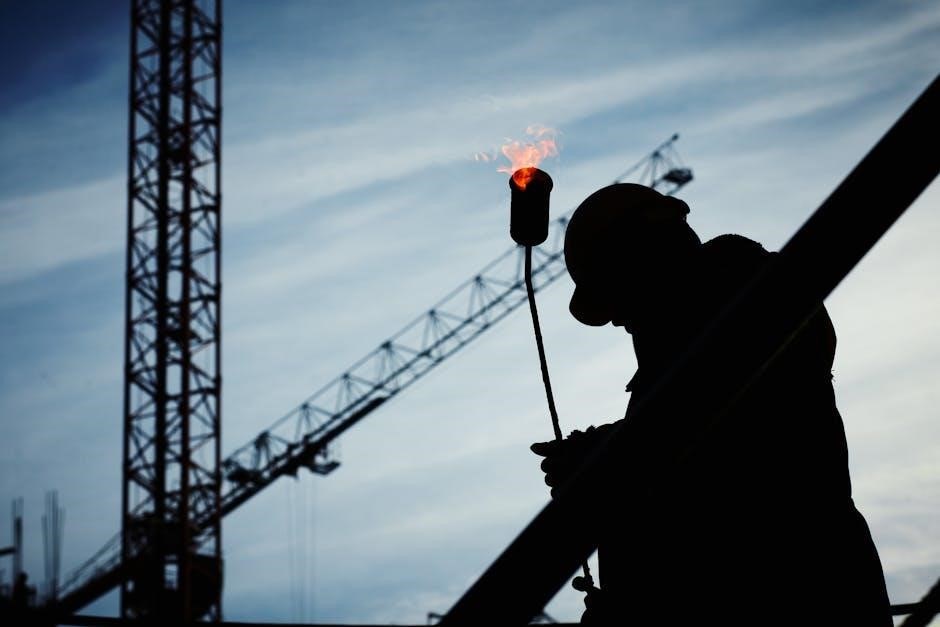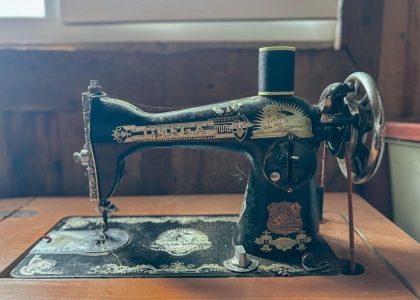Overview of the Actuator
The actuator is a crucial component of the M847D-Zone system, designed to operate directly driven zone dampers. The M847D-Zone actuator is a two-position, 24 Vac spring return damper actuator, used to control air flow in ducts. This actuator is compatible with various zone dampers, including ARD and ZD dampers. The actuator’s design allows for easy installation and operation, making it a reliable choice for controlling air flow in ducts. The M847D-Zone actuator is also designed to be driven open or closed using any 24 volt rated two-position switch, such as a wall switch or a thermostat subbase switch. The actuator’s synchronous motor provides smooth and efficient operation, ensuring consistent air flow control. With its low voltage and spring-return design, the M847D-Zone actuator is a safe and efficient solution for controlling air flow in ducts. The actuator’s compact design also makes it easy to install in tight spaces. Overall, the M847D-Zone actuator is a reliable and efficient component of the M847D-Zone system.

Technical Specifications
Motor Details
The motor used in the M847D-Zone actuator is a synchronous type, which provides reliable and efficient operation. The motor is designed to operate at 24 Vac, 50/60 cycle, and has a current rating of 0.32A. This information is crucial for understanding the technical capabilities of the actuator. The motor details are also important for installation and troubleshooting purposes. The synchronous motor is driven by a 24 volt rated two position switch, such as a wall switch or a thermostat subbase switch. The motor is also designed to be spring return, which means it will return to its original position when the power is turned off. The motor details are provided in the M847D-Zone manual, which includes technical specifications and installation instructions. The manual is available for download or reading online, and provides detailed information on the motor and other components of the actuator. The motor is an essential part of the actuator, and its details are important for proper operation.

Installation Instructions
Compatibility with Zone Dampers
The M847D-Zone actuator is designed to be compatible with various zone dampers, including ARD and ZD dampers. This compatibility ensures that the actuator can operate effectively with different types of dampers, providing a wide range of application options. The actuator’s design allows it to be easily integrated with existing zone damper systems, making it a convenient solution for various installations. The M847D-Zone actuator’s compatibility with zone dampers is an important factor in its overall performance and functionality. By ensuring compatibility with different types of dampers, the actuator can provide reliable and efficient control of air flow in ducts. The actuator’s compatibility is also an important consideration for installers and technicians, as it simplifies the installation process and reduces the risk of errors or compatibility issues. Overall, the M847D-Zone actuator’s compatibility with zone dampers is a key feature that contributes to its overall effectiveness and versatility.

Application of the Actuator
Control of Air Flow

Operation of the Actuator
Switching Mechanism
The switching mechanism of the M847D-Zone actuator is designed to provide a reliable and efficient way to control the air flow in ducts. The actuator uses a synchronous motor to drive the damper open or closed, and the switching mechanism is responsible for reversing the direction of the motor. The switching mechanism is typically controlled by a two-position switch, such as a wall switch or a thermostat subbase switch. The switch sends a signal to the actuator, which then activates the switching mechanism to reverse the direction of the motor. The switching mechanism is an important component of the M847D-Zone actuator, as it allows for precise control over the air flow in the ducts. The mechanism is designed to be durable and long-lasting, with a high cycle life to ensure reliable operation over time. The switching mechanism is also designed to be easy to install and maintain.





